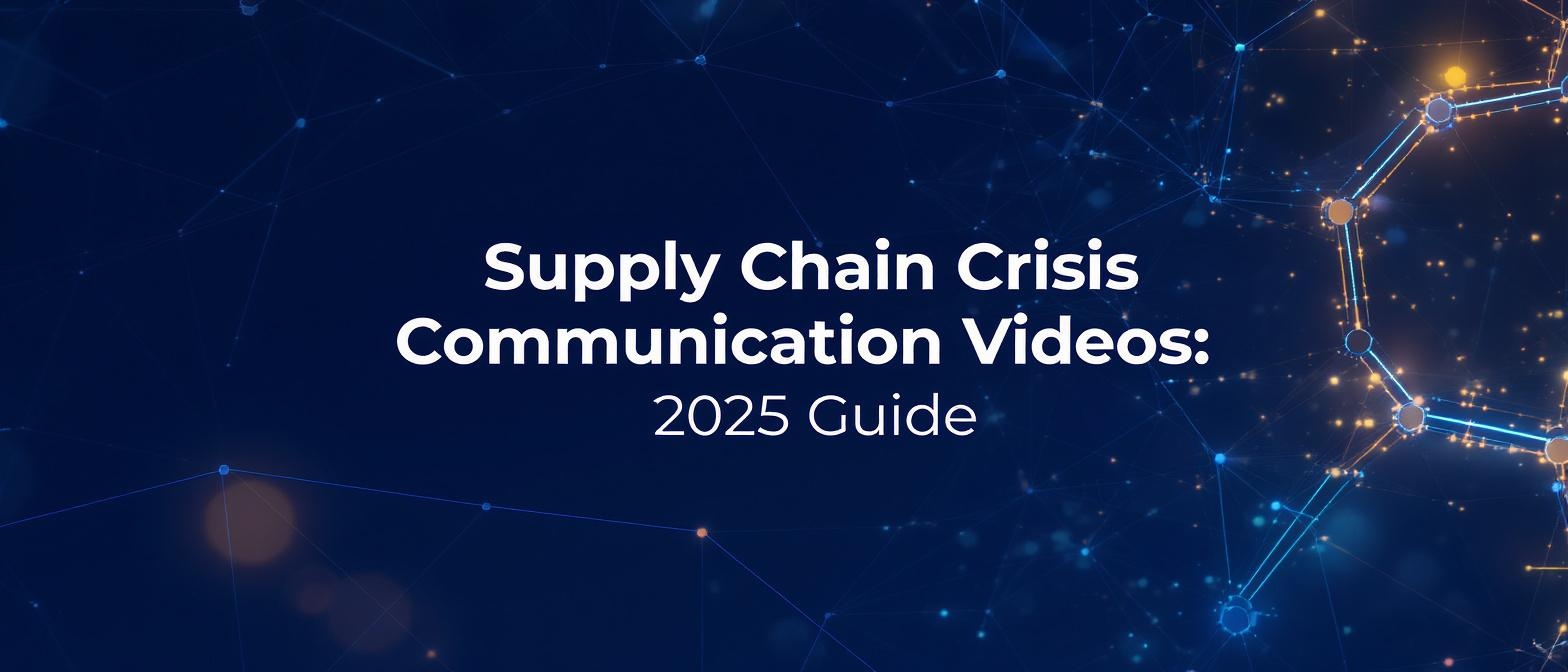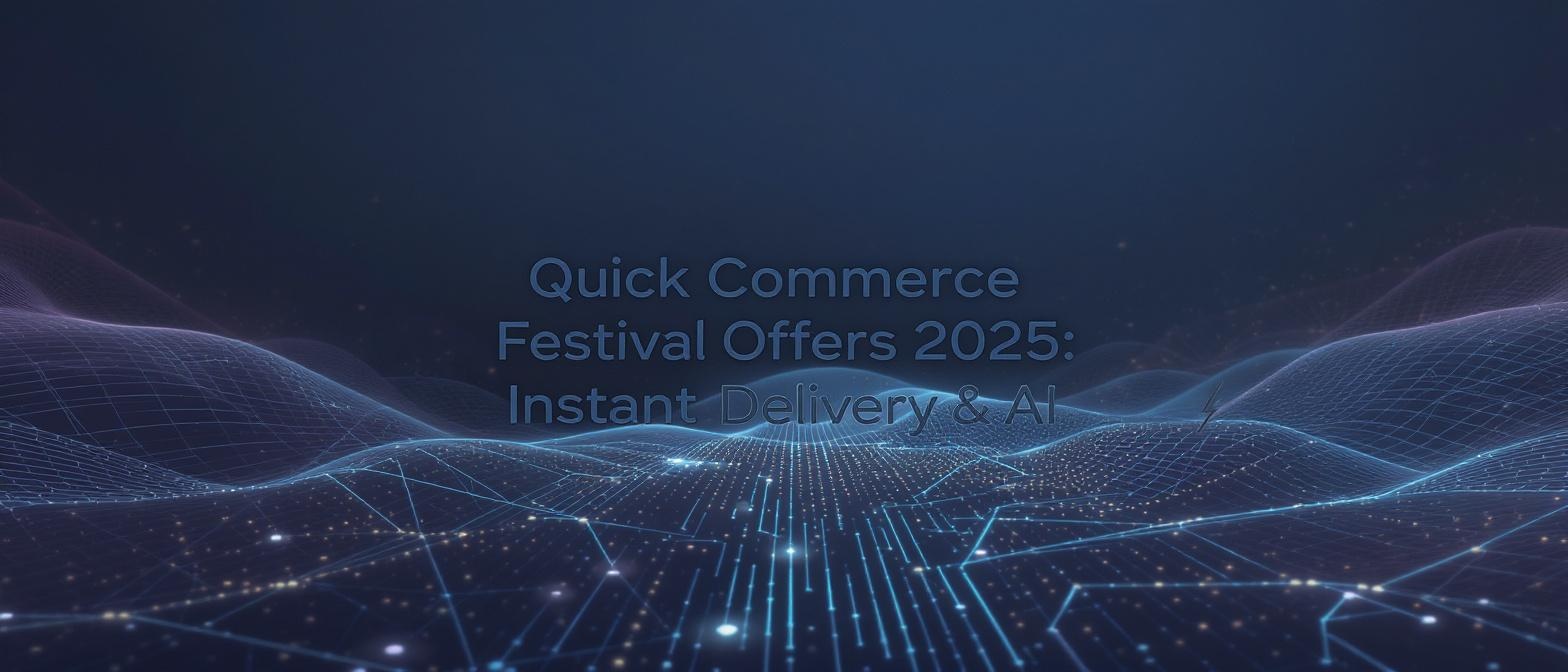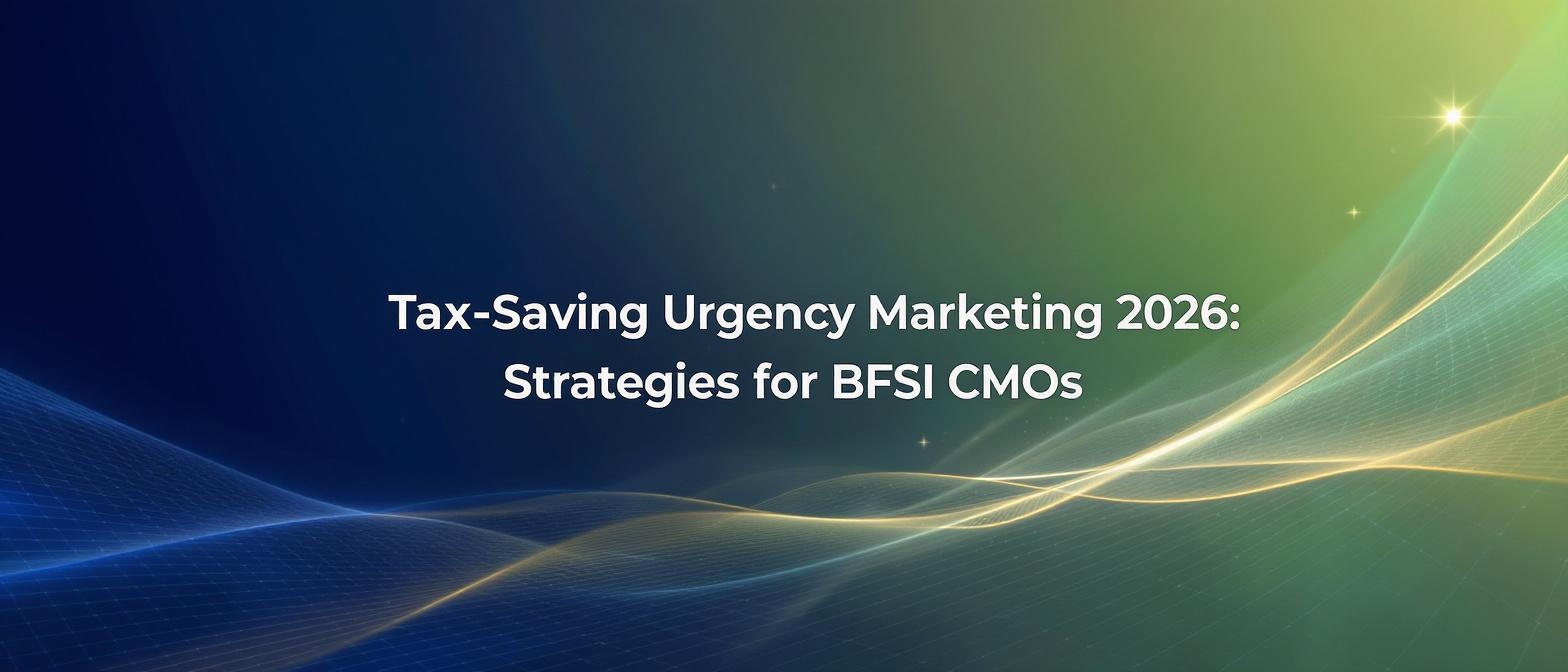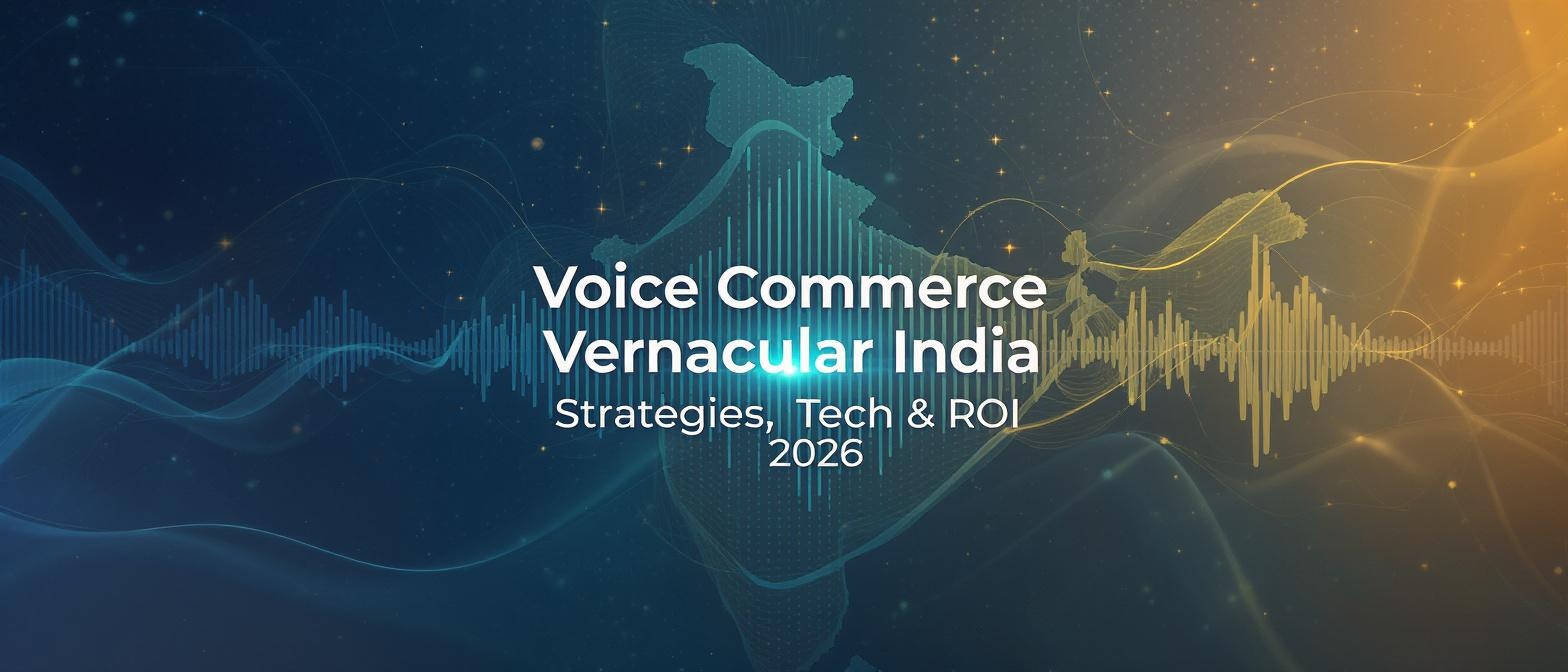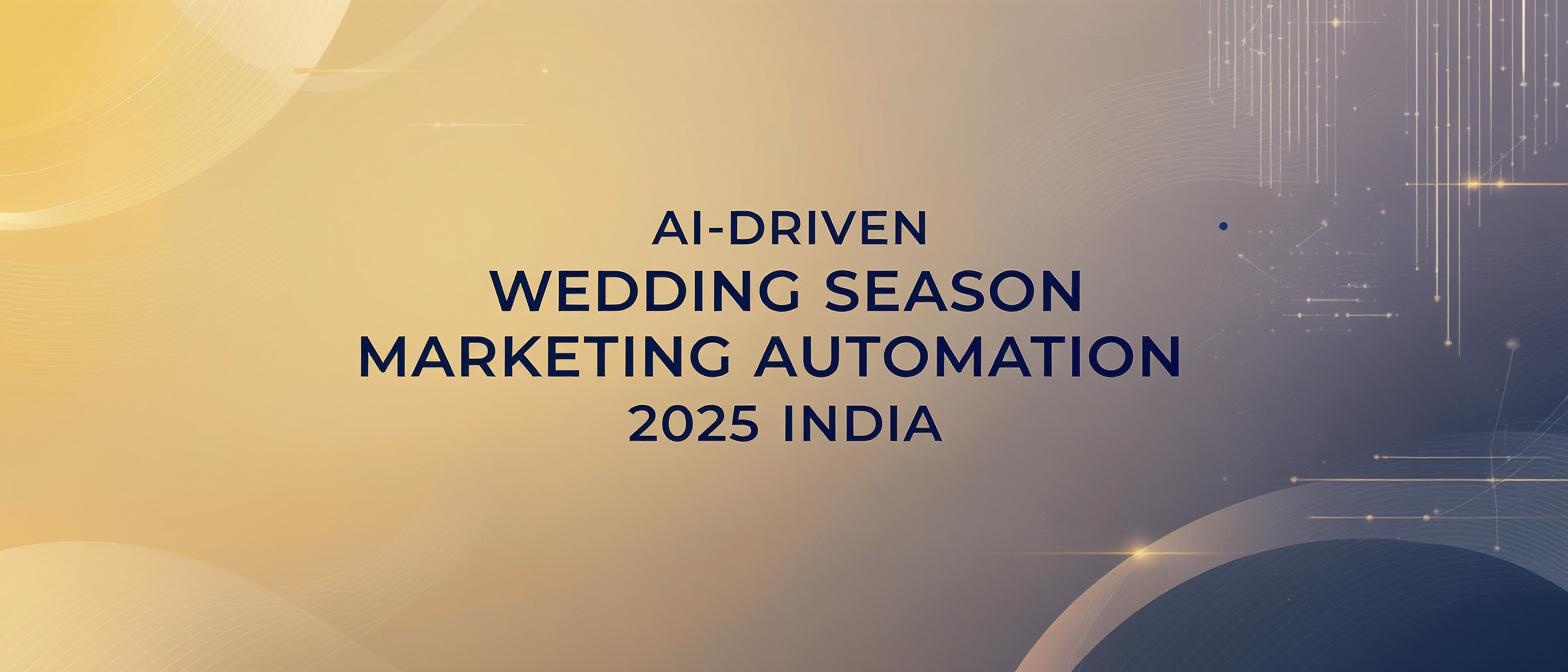The Ultimate Guide to Supply Chain Crisis Communication Videos
Approx. 10 minutes reading time
Key Takeaways
- Video-based crisis communication fosters trust and reduces stakeholder anxiety.
- Automated, AI-driven video messaging accelerates operational alignment.
- Hyper-personalization ensures each stakeholder receives relevant, contextual alerts.
- Streamlined workflows through APIs minimize downtime and cut creative costs.
- Real-world case studies showcase the power of large-scale personalized video campaigns.
In today's volatile global market, supply chain disruptions are no longer a matter of if, but when. For Supply Chain Directors and Business Continuity Teams, the critical challenge is not just managing the disruption itself, but managing the flow of information. This is where supply chain crisis communication videos become an indispensable tool for resilience and control.
Supply chain crisis communication videos are pre-approved, rapid-deploy video messages designed to inform vendors, dealers, and customers instantly during disruptions. When a port shuts down, a supplier fails, or a natural disaster strikes, the immediate fallout is uncertainty. Key stakeholders are left in the dark, leading to operational paralysis, damaged relationships, and a loss of trust that can cripple a business faster than the disruption itself.
The primary pain points are agonizingly familiar: a lack of clarity in text-based updates, agonizingly slow manual outreach to thousands of partners, and inconsistent messaging that creates more confusion than it solves. As we look toward 2025, where supply chain vulnerabilities are seen as "societies' Achilles' heel," the need for a more robust, scalable, and human-centric communication strategy is paramount. This guide explores how leveraging personalized, AI-driven video is the definitive answer to modern supply chain disruption communication and crisis management.
Source: https://www.munichre.com/en/insights/cyber/cyber-insurance-risks-and-trends-2025.html
The Strategic Role of Videos in Modern Crisis Management
When a crisis hits, clarity and empathy are your most valuable assets. Traditional communication methods like email or text alerts often fail to convey the nuance, urgency, and reassurance required to manage stakeholder anxiety effectively. This is the gap that supply chain transparency videos are uniquely positioned to fill.
Why Video is Superior for Crisis Communication
Videos combine audio, visuals, and on-screen text to deliver a multi-layered message that significantly reduces ambiguity. A senior leader speaking directly to partners on video can convey sincerity and command that a block of text simply cannot replicate. This direct, human connection is critical for maintaining trust when the operational environment is unstable.
The psychological impact is substantial. Research indicates that clear, empathetic video messages can reduce stakeholder anxiety by up to 40% during a crisis. This calming effect prevents panic-driven decisions, such as vendors unnecessarily halting shipments or dealers stockpiling inventory based on rumors, thereby stabilizing the ecosystem when it matters most.
Accelerating Operational Response
Beyond the psychological benefits, videos provide clear, actionable operational advantages. Imagine a scenario where a primary shipping lane is blocked. Instead of a lengthy email chain, you can deploy a 60-second video that visually demonstrates the problem on a map and outlines the pre-approved alternate routing and contingency plans.
This visual approach to protocol walkthroughs can accelerate decision-making by an estimated 25%. When every partner sees the same plan communicated in the same way, alignment is achieved almost instantly, allowing the entire network to pivot in hours, not days. This rapid, unified response is the hallmark of a resilient supply chain.
Integrating Automated Systems for Real-Time Crisis Response
The true power of video in crisis communication is unlocked when combined with automation. Automated vendor communication systems are AI-driven platforms that manage the entire lifecycle of crisis messaging—from video generation and distribution to status tracking—without requiring manual intervention. This transforms a reactive process into a proactive, instantaneous response mechanism.
The Technical Backbone of Automation
These systems operate on a simple yet powerful API-driven workflow. The process is triggered by a real-time data event, such as a port delay alert from a logistics tracker, a sudden inventory drop in an ERP system, or a severe weather warning.
Here’s a typical API workflow:
- Event Trigger: An external monitoring system detects a disruption and sends a structured data payload (e.g., JSON) to a secure API endpoint.
- API Call: This payload is sent via a POST request to an endpoint like /api/post_new_request. The payload contains the necessary variables for personalization (e.g., vendor name, affected shipment ID, new ETA).
- Job Confirmation: The system instantly returns an order_id, confirming the video generation task has been initiated.
- Status Polling & Webhooks: The enterprise system can then poll a status API (e.g., /api/video-status) using the order_id to check on progress. Simultaneously, a webhook can be configured to automatically notify the source system the moment the video render is complete, providing the final video URL for distribution.
The Unmatched Benefits of Automated Video
This level of integration delivers profound operational benefits. With render times often under 30 seconds, a fully personalized video alert can be on its way to a stakeholder moments after a disruption is detected. This is where capabilities like TrueFan AI's 175+ language support and Personalised Celebrity Videos become operationally critical, ensuring that a message recorded once in English can be instantly rendered and delivered with perfect lip-sync in the native languages of partners across Europe, Asia, and the Americas.
Furthermore, this automation eliminates enormous operational overhead. By leveraging virtual reshoots and AI-powered editing, enterprises can save an estimated 3,888 creative hours per year. Instead of organizing new shoots to update messaging, new scripts are simply fed into the system, which generates updated videos using existing footage, ensuring agility and massive cost savings. This aligns with broader 2025 manufacturing trends, where big data analytics is increasingly leveraged to automate and optimize supply chain operations.
Source: TrueFan AI Executive Document, July 2025
Leveraging AI for Hyper-Personalization at Scale
Generic, one-to-many communication is ineffective during a crisis. Stakeholders need to know exactly how a disruption impacts them. This is where AI-driven crisis management video personalization moves from a marketing novelty to an essential business continuity tool, enabling hyper-personalization at a scale previously thought impossible.
Defining Hyper-Personalization in a Supply Chain Context
Hyper-personalization at scale means using AI to dynamically insert stakeholder-specific data into pre-approved video templates. It’s not just about adding a name; it’s about providing contextual relevance that builds immediate trust and clarity. An AI engine can take data points from your CRM or ERP and weave them into the video narrative seamlessly.
Imagine a video message from your Head of Logistics that says:
“Hi [VendorName], this is an urgent update. Your shipment of [PartNumber] from [City of Origin] is now rerouted via [New Route] due to the port closure. Your new estimated delivery is [NewETA].”
This level of specific, relevant information, delivered by a trusted company voice, is infinitely more powerful than a generic alert. Platforms like TrueFan AI enable this hyper-personalization at a scale previously thought impossible.
The Technology Behind One-to-One Video
Advanced AI capabilities make this possible. Technologies include:
- Lip-Sync Reanimation: Using diffusion-based editing, AI can alter the speaker's lip movements to perfectly match any new, custom text, making the personalized message look completely natural.
- Voice Cloning: The AI clones the original speaker's voice, preserving their tone, cadence, and accent. This ensures authenticity and maintains the authority of the message, whether it's the CEO or a regional manager.
- Dynamic Visuals: The system can programmatically insert relevant images, charts, or maps into the video. For instance, the p1_image field in an API call could dynamically insert a map showing the new shipping route, while p2_image could show a picture of the specific product being rerouted.
This technology directly translates to better engagement and faster compliance. Internal data shows that personalized stakeholder crisis updates can boost engagement by over 50%, as partners are more likely to watch and act on a message that is clearly tailored to them.
Source: TrueFan AI Executive Document, July 2025
Fortifying Vendor Relationships and Dealer Engagement Through Automation
During a supply chain crisis, your relationships with vendors and dealers are tested. Proactive, clear, and consistent communication is the bedrock of trust that ensures these critical partnerships survive and even strengthen under pressure. This is where vendor relationship management automation and targeted dealer engagement strategies become crucial.
Automating Trust with Vendor Crisis Engagement
Effective vendor relationship management automation goes beyond simple notifications. It involves creating automated systems that track issue escalations, trigger predefined contingency workflows, and log all communications and feedback for post-crisis analysis. With over 54% of large organizations citing third-party risk management as a major challenge for 2025, automating these touchpoints is key to mitigating that risk.
When a disruption occurs, the system can automatically segment vendors based on their location, the materials they supply, or their tier. Each segment then receives a personalized video briefing outlining the specific impact on them and the precise actions they need to take. This targeted approach prevents confusion and ensures every partner in your supply chain feels seen and supported.
Driving Alignment with Dealer Engagement Crisis Response
For dealer networks, which can number in the thousands, dealer engagement crisis response requires speed and consistency. Personalized video briefings are the ideal medium to outline new safety protocols, explain alternate sourcing strategies, or introduce new feedback mechanisms.
The technical integration is seamless. By connecting the video generation platform with a CRM like Salesforce or a communication channel like WhatsApp Business, real-time APIs can push personalized videos directly to dealer channels based on established segmentation rules. For example, all dealers in a specific region could receive a video from a senior executive detailing a localized response plan. This approach maintains trust, reduces inbound inquiry calls by an estimated 35%, and dramatically speeds up operational alignment across even the largest dealer networks.
Source: https://reports.weforum.org/docs/WEF_Global_Cybersecurity_Outlook_2025.pdf
Achieving Unprecedented Supply Chain Transparency Through Video
In the information vacuum of a crisis, rumors and misinformation spread like wildfire. The most potent antidote is radical transparency. Supply chain transparency videos serve as a single source of truth, reassuring stakeholders that you are in control of the situation and actively working on mitigation efforts.
The Power of Proactive Video Updates
Transparency videos are regular, scheduled status updates delivered in a clear, digestible video format. These videos can provide dashboard-style views of critical metrics like current inventory levels, the status of shipping routes, and updated risk scores for different regions. This counters the fact that, as of 2025, only 6% of businesses report having full visibility into their supply chains.
By proactively sharing this information, you control the narrative. Stakeholders are no longer left to guess or rely on second-hand information. This proactive communication builds immense trust and demonstrates a commitment to partnership, which is invaluable during turbulent times. Firms that regularly use transparency videos report up to 20% fewer vendor disputes over delays, as the root causes are communicated clearly and preemptively.
Fostering a Culture of Learning Post-Crisis
The role of video extends beyond the immediate crisis. Once the situation has stabilized, video recaps become powerful tools for "lessons learned" sessions. These videos can capture root-cause analyses, summarize the effectiveness of the response, and outline future action plans in a highly engaging and shareable format.
These post-mortem videos can be distributed internally to train teams and externally to partners to showcase a commitment to continuous improvement. By transparently dissecting what went wrong and how processes will be improved, you convert a disruptive event into a catalyst for building a more resilient and collaborative supply chain for the future.
Source: https://procurementtactics.com/supply-chain-statistics/
Real-World Case Studies and Technology Integration
The theoretical benefits of AI-powered video communication are proven by its real-world application across various industries. These case studies demonstrate the platform's ability to deliver personalization and engagement at a massive scale, showcasing a model that is directly applicable to crisis management.
Zomato's Mother's Day Campaign: Demonstrating Rapid Scale
Food delivery giant Zomato leveraged personalized video to create an emotionally resonant campaign, delivering 354,000 unique, celebrity-led videos in a single day. Each video featured a celebrity personally wishing a user's mother by name. This campaign showcases the sheer speed and scale achievable, proving that an enterprise can communicate with hundreds of thousands of individual stakeholders in a personalized manner within hours—a critical capability during a widespread crisis.
Hero MotoCorp's Festive Greetings: A Model for Dealer Engagement
Hero MotoCorp, a leading automotive company, delivered 2.4 million personalized videos to its dealers and customers during a festive season. The videos were delivered in real-time via WhatsApp and email, illustrating a perfect blueprint for a dealer engagement crisis response system. This demonstrates the power of integrating video APIs directly with existing communication channels to ensure timely and relevant information reaches every corner of a distributed network.
Goibibo's Travel Nudges: API-Driven Personalization in Action
Travel platform Goibibo utilized videos featuring cricketer Rishabh Pant that included dynamic, user-specific details like their searched travel destination and personalized discount codes. This campaign highlights the effectiveness of API-driven personalized stakeholder crisis updates and low-latency delivery, where real-time data is used to create highly contextual and actionable messages.
A Blueprint for Technical Integration
Integrating these capabilities into your existing crisis management infrastructure follows a clear, logical flow:
- Trigger: A disruption is detected by an ERP, logistics, or weather monitoring system.
- API Call: The system automatically sends a secure API call with personalized data to the video generation platform.
- Render: The platform generates a unique, high-quality video in seconds.
- Webhook: A webhook notifies your system that the video is ready, providing the URL.
- Distribution: The video is automatically embedded and sent via the appropriate channel, whether it's an email to a vendor, a message in a CRM for a dealer, or an alert on digital signage at a warehouse.
Solutions like TrueFan AI demonstrate ROI through this seamless integration, turning a complex communication challenge into an automated, efficient, and highly effective workflow.
Source: TrueFan AI Executive Document, July 2025
Conclusion: Building a Resilient Supply Chain with AI-Powered Video
In the face of increasing global uncertainty, modern supply chain resilience is no longer just about inventory diversification or logistics optimization; it is fundamentally about communication. The ability to disseminate clear, trusted, and personalized information at speed and scale is what separates businesses that falter from those that thrive during a crisis. AI-powered supply chain crisis communication videos have emerged as the single most effective tool to achieve this.
By moving beyond outdated, impersonal communication methods, you can reduce stakeholder anxiety, accelerate operational alignment, and maintain trust when it is most fragile. The technology to automate and personalize these critical communications is no longer a future concept—it is a proven, battle-tested reality.
We urge Supply Chain Directors and Business Continuity leaders to pilot the use of supply chain crisis communication videos. By integrating enterprise-grade APIs, you can significantly reduce downtime, fortify critical business relationships, and transform inevitable disruptions from a moment of weakness into a demonstration of brand strength and operational excellence.
Frequently Asked Questions (FAQ)
What is the primary advantage of using video over email for crisis communication?
Video's primary advantage is its ability to convey empathy, urgency, and clarity far more effectively than text. A video message from a leader builds trust and reduces anxiety, while visual aids like maps and charts can explain complex operational changes (like rerouting) almost instantly, minimizing ambiguity and accelerating response times.
How quickly can personalized videos be generated and distributed during a live crisis?
Modern AI platforms are built for speed. Once an automated trigger is received via an API, a personalized video can be rendered and ready for distribution in under 30 seconds. Platforms like TrueFan AI are designed for this low-latency output, ensuring that stakeholders receive critical information almost in real-time as a situation unfolds.
Is it possible to create videos in multiple languages for a global supply chain?
Absolutely. Leading AI video platforms support extensive multilingual localization. A single video recorded in English can be automatically rendered into over 175 languages, complete with perfect lip-sync and a cloned voice that preserves the original speaker's tone. This ensures consistent and clear communication across a diverse, global network of vendors, dealers, and customers.
How does the system ensure the security of our company and stakeholder data?
Data security is paramount. Enterprise-grade platforms operate under strict compliance standards, such as ISO 27001 and SOC 2 certifications. All data transmitted via API is encrypted, and the platforms are designed to process information to generate videos without storing sensitive PII long-term, ensuring full compliance with global data privacy regulations.
What is the typical ROI on implementing an automated video communication system?
ROI is measured through several key metrics:
- Reduced Downtime: Faster alignment on contingency plans leads to quicker operational recovery.
- Lower Operational Costs: Automation significantly reduces the manual hours required for outreach and saves on creative production costs (e.g., an estimated 3,888 creative hours saved per year).
- Improved Partner Retention: Proactive and transparent communication builds trust, reducing vendor and dealer churn.
- Reduced Call Center Volume: Clear video updates preemptively answer common questions, lowering inquiry calls by up to 35%.
Can we use our own executives or spokespeople in these videos?
Yes. The technology works with footage of any designated spokesperson, whether it's your CEO, Head of Supply Chain, or a regional manager. This allows you to deploy messages from the most appropriate and trusted voice for each specific situation and audience, ensuring authenticity and authority.

